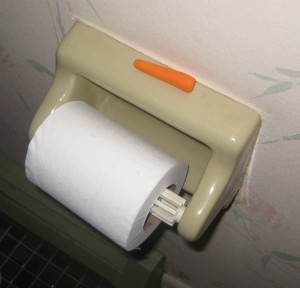Besides the wonderful organizations I found at the Pet Exposition I also came across a FEMA table. I stopped (he was kind of cute) picked up a brochure and chatted him up for a bit.
Truthfully I live in an area where I can’t imagine the need to ever evacuate; none-the-less it is far better to be prepared and never have the need than to have the need and not be prepared.
The three important steps are Prepare. Plan. Stay Informed.
PREPARE
- Food: Being prepared means you should have a three-day supply of food (in an airtight container) and water. Since I feed raw it isn’t plausible for me to have food packed. I do have the food broken up into smaller packets in the freezer; so it is very easy to grab a couple of packs and slip them into a cooler.
- Medicines and Medical Records: I have Sampson and Delilah’s medical records in a three-ring binder. Each binder has a cover page, with their name, our address and phone and their date of birth. In the lower left corner of the page I have the name, address and telephone number of our vet. Our vet gives us an invoice for each visit which includes the dog’s weight and the reason for the visit as well as any prescribed medications or treatments. Each one of these invoices is kept inside the binder in protective sleeves, in date order from oldest to newest. Delilah’s thyroid medicine and her anti-oxidants are on the counter ready to be packed at a moment’s notice.
- First aid kit: I don’t have one of these; but 2BrownDawgs had an excellent post about what you should have in your dog’s first aid kit.
- Collar with ID tag, harness or leash: Sampson and Delilah have an indoor/in the yard and out of the yard collar. Their outside the yard collar has all their tags on it; while the small inside collar has a tag with their name, my name and cell phone number on it.
- Crate or other pet carrier. While I probably wouldn’t bring a crate for Sampson and Delilah I should have a cat carrier for Bob.
- Sanitation: some poop bags, kitty litter, bleach, newspapers, paper towels.
- A picture of you and your pet. This would be perfect in the medical records in one of the protective sleeves.
- Familiar items: toys, blankets, bedding.
PLAN
- Assess the situation. Determine what is the best for you and your pet in an emergency. It could be that you don’t need to evacuate and staying put is your better option.
- Create a plan to get away. Think about how you will gather your pets together, and where you will go.
- Develop a buddy system. Make sure you have someone either a friend, relative or neighbor who can care for or take care of your pets in the event that you cannot reach them.
- Talk to your vet. Find out what types of supplies they suggest for your emergency kit. Consider micro-chipping your pet or enrolling them in a reliable recovery database.
- Find and write down a list of vets in the area where you plan on going. Also addresses and phone numbers of the local Humane Society or ASPCA. Get a pet sticker for the doors and windows in your home. I have a red one on my front door as well as my bedroom window that says “Please save 2 dogs, 1 cat.” Use a permanent marker to write your cell number or the number of a relative on the sticker. If you need to evacuate make sure to write “evacuated with pets” on the sticker.
STAY INFORMED
Be aware of situations that might arise in your area that could require evacuation.
I’m still pretty sure I won’t need to evacuate, BUT at least I am better prepared if the need arises.




Recent Comments